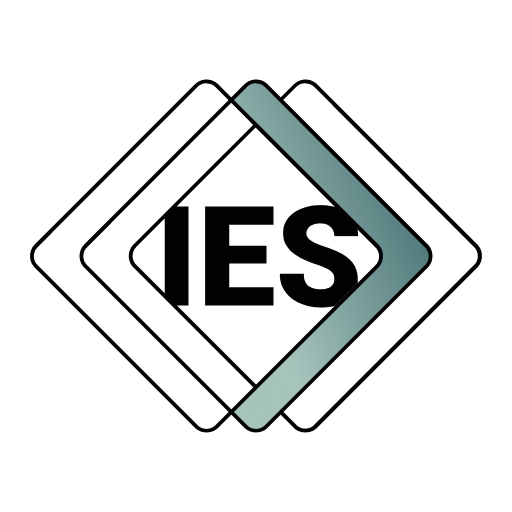Information Exchange Standard
A unified approach for seamless data exchange
Information Exchange Standard
A unified approach
for seamless
data exchange
IES was developed to address the challenge of inconsistent and fragmented data exchange across different organisations, sectors, and systems.
Domain Extensions
Various domain-specific extensions are being built on the IES framework to provide sector-specific enhancements.
Technical Documentation
This page provides links to the ontology model and RDF specifications for all supported versions of IES as well as release candidates.
What is the IES?
A unified approach for seamless data exchange
The Information Exchange Standard (IES) is an open, structured framework designed to enable consistent and interoperable data exchange across multiple sectors, including buildings, infrastructure (currently encompassing aspects of transport water and energy), defence and national security.
IES provides a common ontology for describing entities, events, relationships, and metadata in a standardised and structured manner. By leveraging semantic web principles (RDF, BORO methodology), IES ensures that data is not only well-defined but also context-aware and machine-readable.
Why IES matters?
Standardising data exchange for cross-domain interoperability
Data fragmentation and inconsistency pose significant challenges to collaboration, analysis, and automation. IES addresses this by:
- Supporting governance and compliance through structured, extensible models
- Providing a shared vocabulary that different systems can interpret
- Facilitating seamless data integration across industries and platforms
- Reducing complexity in information sharing, making processes more efficient and scalable
Who uses IES?
Currently parts of the built environment (including buildings, infrastructure and utilities), defence, and national security
The IES framework is highly adaptable and is already being adopted across various domains, including:
- Government & Policy Making – facilitating cross-agency data collaboration
- National Security & Defence – enabling structured intelligence-sharing and situational awareness
- Buildings and infrastructure – enhancing Digital Twins and asset management, and ensuring interoperability across sectors
- Service provision – standardising data for service provision – for example in transport services provision and energy flexibility markets
